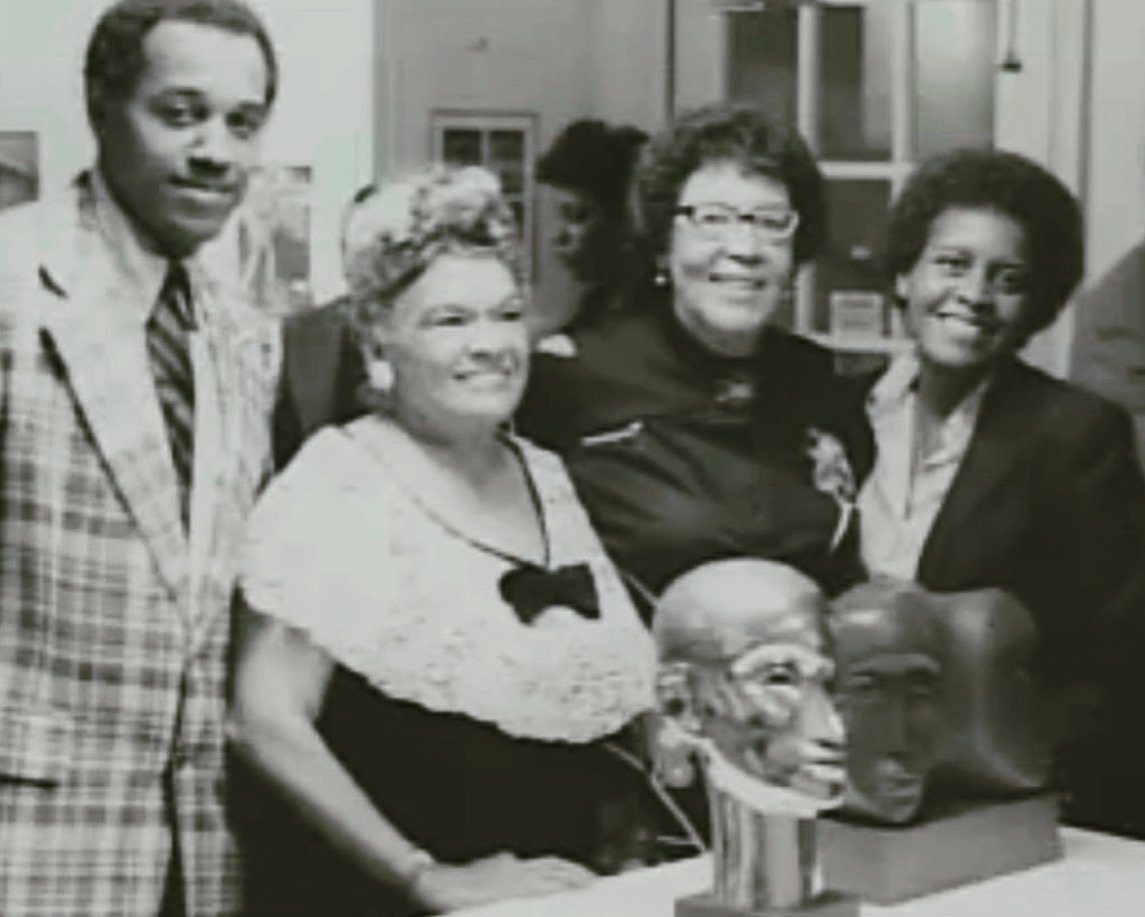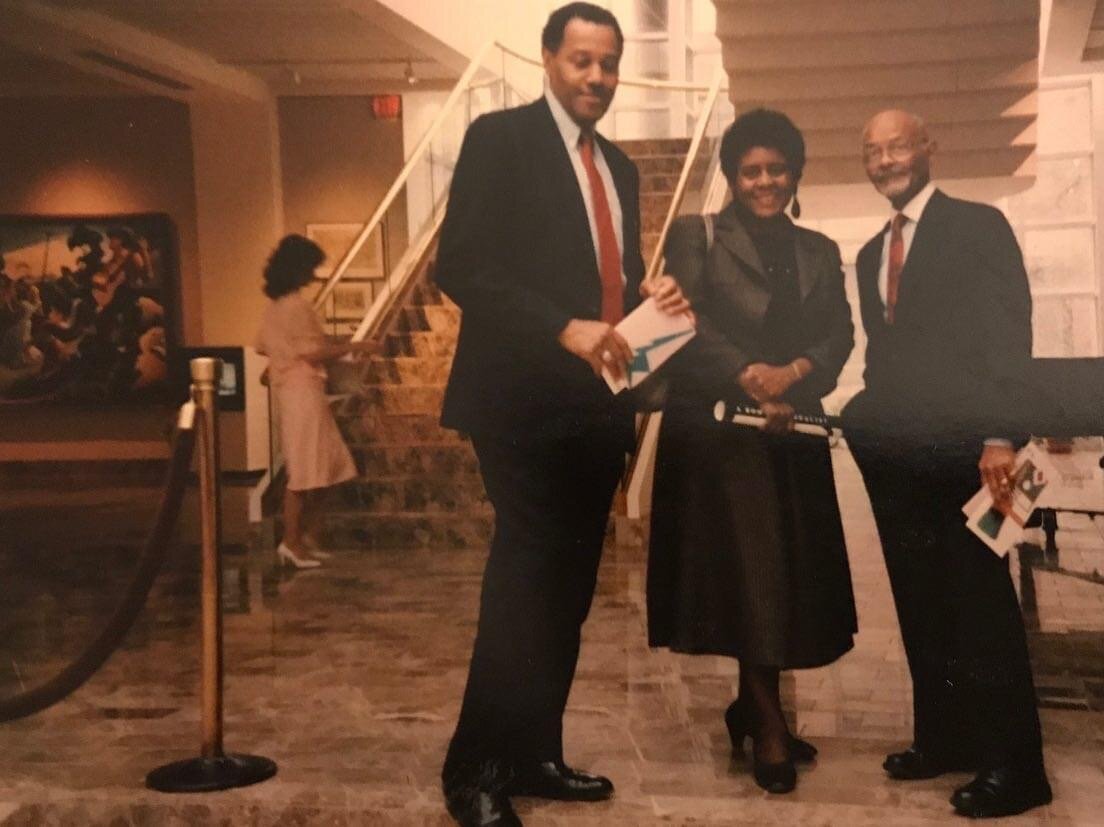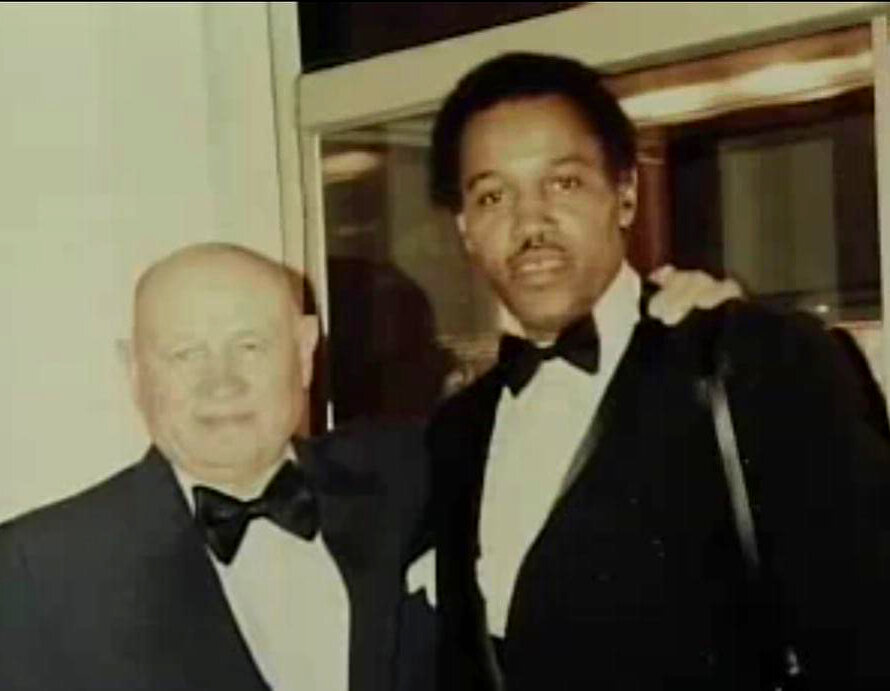A DISTINGUISHED LEGACY: Malcolm Brown Gallery | Shaker Heights, Ohio
A pioneering space that gave voice, visibility, and validation to African American artists — September 18, 1980 to March 13, 2011
African American artists and galleries have long been the backbone of contemporary art’s evolution—charting new courses, amplifying marginalized voices, and reshaping a cultural landscape that too often ignored their contributions. In the face of exclusion from mainstream institutions, Black artists and visionaries built their own platforms—spaces that not only presented the work but demanded its rightful place in history.
The Malcolm Brown Gallery was one of those trailblazing platforms. Founded on September 18, 1980 by Malcolm and Ernestine Brown, the gallery emerged at a time when there were only a handful of Black art dealers in the nation committed to African American artists. Their decision to open in Cleveland was nothing short of revolutionary. At a moment when visibility was scarce, they created a world-class gallery that insisted on representation, excellence, and education.
For more than three decades, the Malcolm Brown Gallery stood as a beacon of cultural restoration—reclaiming overlooked chapters of American art history and shaping a new future for Black art. It became a gathering place for artists, collectors, museums, and cultural institutions, building bridges and forging legacies.
The gallery presented an extraordinary roster: Romare Bearden, Elizabeth Catlett, Hughie Lee-Smith, Charles Sallee, Selma Burke, Faith Ringgold, Ed Dwight, Carolyn Mazloomi, Francisco Mora, Nike Davies-Okundaye, and many more. By championing these artists, the Malcolm Brown Gallery affirmed their brilliance, expanded their reach, and ensured that their voices could not be ignored. This work mattered. It was bold. It was urgent. And it remains a vital reminder of how representation changes the trajectory of culture—not just for African American artists, but for American art as a whole.



